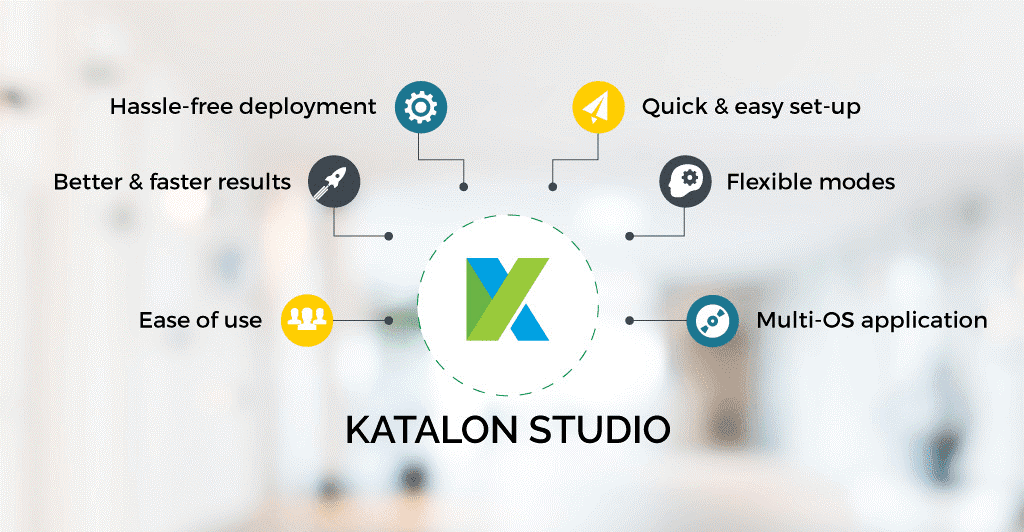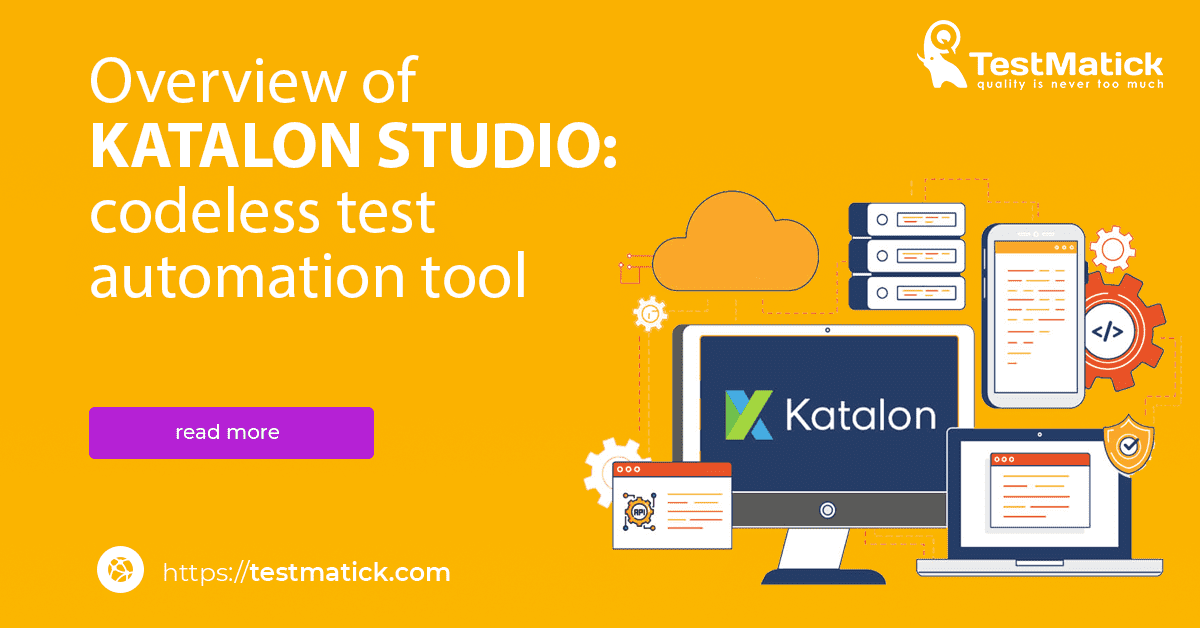Each year customer demands for software functionality constantly increase. Therefore, product companies must develop and expand their suite of web services to stay competitive.
A lot of IT technologies and experts say that in 2023, the gap between testers’ and programmers’ knowledge will be significantly reduced, the overall human intervention in the software development process will decrease, and the emphasis will be placed exclusively on working with business strategies.
In this development of the testing sphere, automation without the use of program code becomes the new benchmark to which project teams must attain.
Codeless testing is the future of the entire software testing industry
Changing manual testing to automated scenarios
Manual testing implies that a tester must try a variety of scenarios to find a bug. But, this work gives QA specialists very little space for exhaustive exploratory testing and test report development.
Regarding the basics of automation, we can say that this form of software testing allows you to get more efficient reports in comparison with the results of manual testing.
Problems in manual testing
As automated software testing becomes the most suitable alternative to manual testing, more and more companies all over the world are looking for ways and solutions to use automation when providing application testing services. This trend has led to the growing popularity of many automation tools, including Selenium, Appium, and Katalon Studio.
But at the same time, to take full advantage of all the features of automation software, it is necessary to have the basics of programming. In addition, modern business solutions require new approaches to implementation. So automation tools are updated more frequently, which in turn makes testing more complex. Often, it becomes more and more difficult for companies to find QA specialists with sufficient programming knowledge to fully cope with the set tasks.
And this is where a codeless testing solution based on automated processes comes in.
What are the basic advantages of codeless testing?
- Low learning threshold. During codeless testing, the QA specialist uses only user interface objects and the logic of real users’ behavior to develop test scenarios, avoiding the need to create code and interact with complex automation mechanisms.
- Reducing routine tasks. If testers don’t need to spend time working through and creating original test scripts anymore. They can focus on the overall functionality of the product.
- No need to write difficult-to-read code. Often, codeless programs use ready-made UI templates when creating test cases. This, in turn, allows QA team to start testing as soon as the development department finishes creating the UI.
What is the global perspective of using codeless testing tools?
It does not require any special programming skills
Testers don’t have to do programming or learn automation mechanisms anymore. They can focus entirely on their work.
Codeless tools require no programming skill, yet provide equal test coverage compared to popular automation tools.
An embedded set of AI and ML basics
Artificial Intelligence and machine learning are rapidly gaining momentum, and remain a focus for businesses and QA teams. AI-based products will add significant value and greatly simplify the work of quality assurance companies.
AI creates and maintains test jobs, assesses risks, finds problems, and, prioritizes work correctly. The AI does an excellent job of accumulating log files, thereby establishing the nature of defects and ways to resolve them.
Automated reports for sharing
Interfacing with a large list of logs and reports is no simple task. An intuitive AI-enabled admin dashboards allows users to monitor overall system performance.
Clients can also track test scenarios, test results, and test run times, and share results with the rest of the project team.
In short, all project participants will be able to monitor the overall state of the product in real time, communicate with each other, and, if, necessary, make any adjustments instantly.
Using Katalon Studios for codeless test automation
While the field of automation has expanded in recent years with many tools, there are still very few solutions for codeless automation.
The exception is Katalon Studio, a platform which functionality supports the development and support of automated tests. This software allows not only to create a test, but also to analyze the results, communicate with other team members, and integrate a lot of third-party CI/CD software inside the ecosystem.
Globally, the ecosystem of Katalon Studio is represented by:
- Katalon Studio – creating test scripts, running checks, API support, working with desktop and mobile applications;
- Katalon Studio Enterprise – paid version of the program for very large and constantly scalable projects;
- Katalon Runtime Engine – a special add-on for executing test cases via the command line and in console mode;
- Katalon TestOps – a platform for exporting test results and analytics based on AI.
The good news is that all the above-mentioned manipulations can be performed exclusively in one system. Moreover, Katalon Studio features are designed both for experienced users and for specialists without coding skills.

Katalon Studio features – picture from the Internet
Key features for codeless testing in Katalon Studio
- Convenient test recording and easy playback. With the Katalon Web Recorder Utility add-on, you can easily record all your actions with the software being tested, and the program quickly converts them into executable sets of code.
- BDD (behavior-based development). This practice bridges the communication gap between the testing department and the software development department. Now, all QA engineers, analysts, developers, and managers involved in the project can work in a single environment.
- Smart Wait feature. This option allows you to automatically wait for ALL processes on a web page to complete before proceeding with other tasks. With its help, testers can save a lot of working time for analytics and resolving false positives.
From a business perspective, less monotonous tasks will reduce many operating costs and improve the return on investment involved.
Every feature and parameter in the Katalon Studio ecosystem is designed to be scalable. Regardless of skills, Katalon Studio provides solutions to accomplish tasks with minimal effort during the continuous software testing phase.
Conclusion
Codeless testing will soon become a mainstay for product teams and will be considered a quality criterion for global automated testing solution providers.
Based on codeless software testing, business teams will be able to save significant time on testing and reduce operational costs. And with this out-of-the-box solution, such work can be done most conveniently and intuitively possible.










Leave A Comment